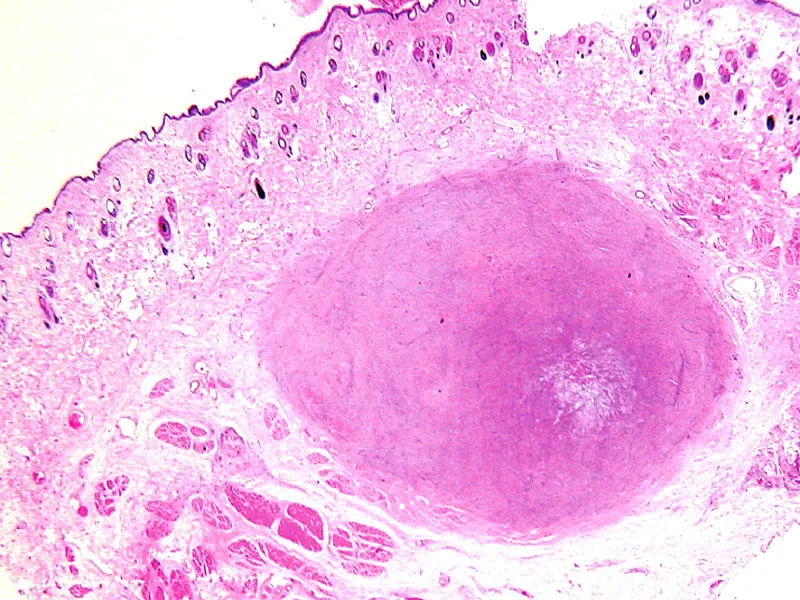Canine hemangiopericytomas
cell proliferation and apoptosis in the perivascular, storiform and epithelioid histological subtypes and their significance for prognosis.
DOI:
https://doi.org/10.24070/bjvp.1983-0246.002005Keywords:
Hemangiopericytomas, dogs, PCNA, prognosis, mitosis, apoptosisAbstract
Canine hemangiopericytomas (CHP) are soft tissue neoplasms, originary from pericytes. They are frequently diagnosed in dogs and can be seen more frequently in limbs as circumscribed and firm nodules. The histopathology of CHP reveals the presence of spindle cells around blood vessels, forming whorls. In this study, cases of CHP from the Animal Pathology Service of the Veterinary Hospital of the School of Veterinary Medicine and Animal Science, registered from 1990 to 2003, were studied. All cases were reviewed and classified in the three histological subtypes recently described – perivascular (PVHP), storiform (SHP) and epithelioid (EHP). Immunohistochemical markers (vimentin, S-100 protein, CD34, Factor VIII and glial fibrillary acidic protein - GFAP) were applied to all tumors. Samples were submitted to the immunostaining of PCNA, and the labeling indexes were obtained. The mitotic index was also quantified in each subtype. Apoptosis bodies were morphologically identified in H&E stained sections, subsequently confirmed by fluorescence microscopy and then quantified in the three histological subtypes. Dog owners were contacted by telephone, and asked to inform about the outcome of their dogs. The survey revealed 61 cases of CHP, in which 21 (34.43.%) belonged to the perivascular subtype, 18 cases (29.51.%) belonged to the storiform subtype, and 22 cases (36.06.%) belonged to the epithelioid subtype. PCNA labeling index, mitotic and apoptotic indexes were significantly higher in the epithelioid subtype. Records of the follow-up of each case revealed 59% of recurrence rate in the epithelioid subtype, 55% in the storiform subtype and 17% in the perivascular subtype. According to these results, epithelioid hemangiopericytomas seem to be the most aggressive CHP subtype. Therefore, we conclude that the histopathological analysis with classification in subtypes, as well as the quantification of cell proliferation and apoptosis rates, can help in the establishment of prognosis for CHP.


